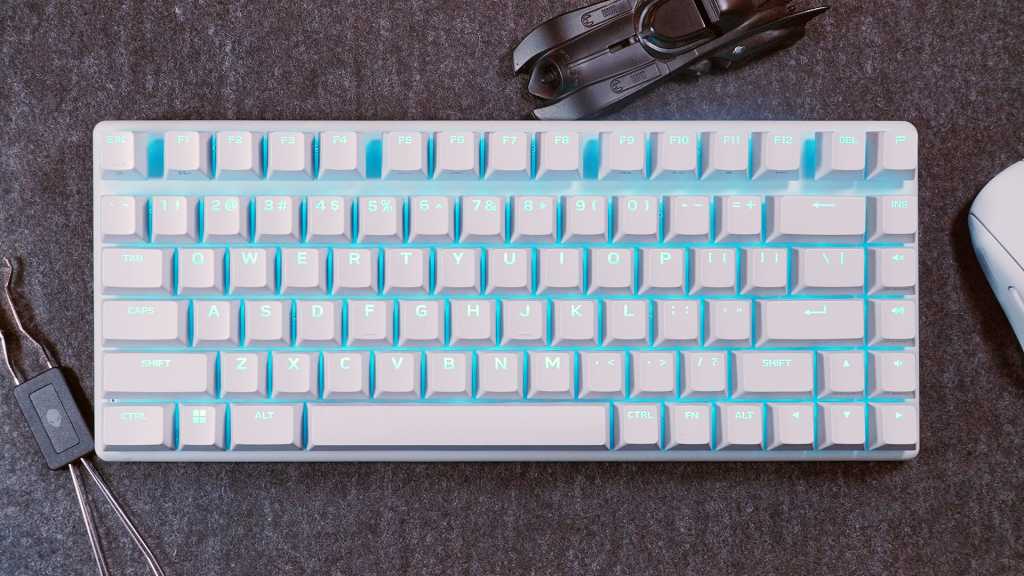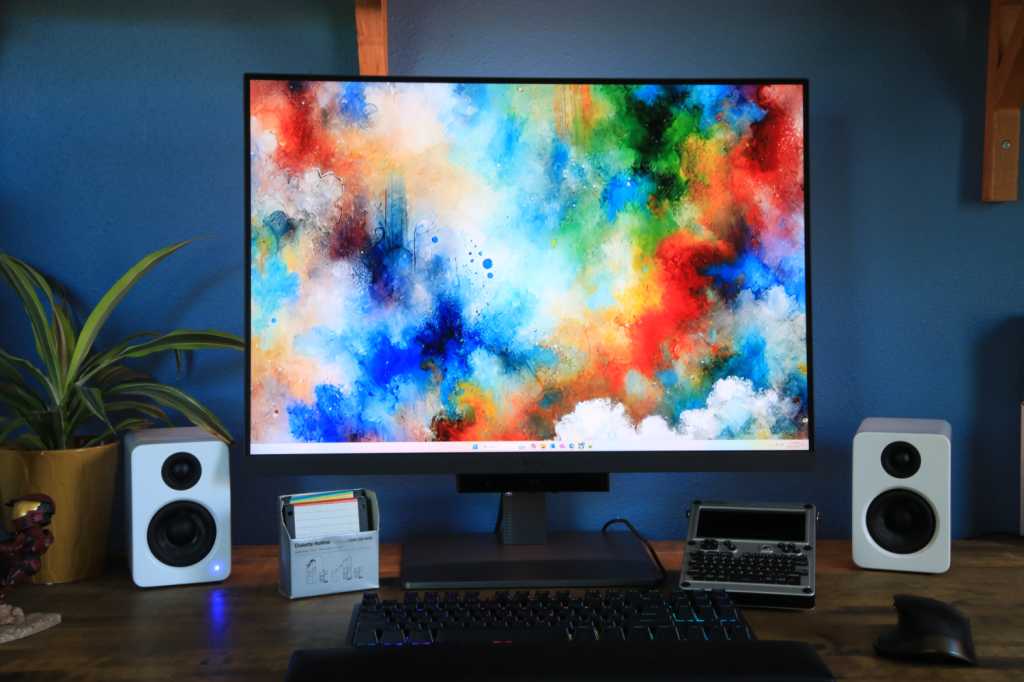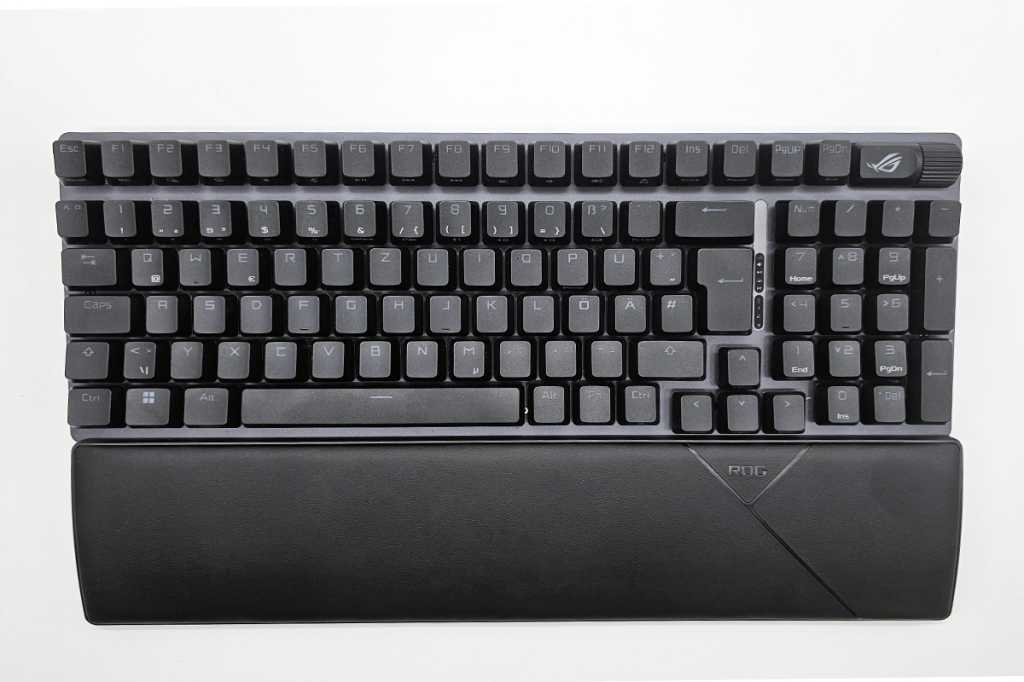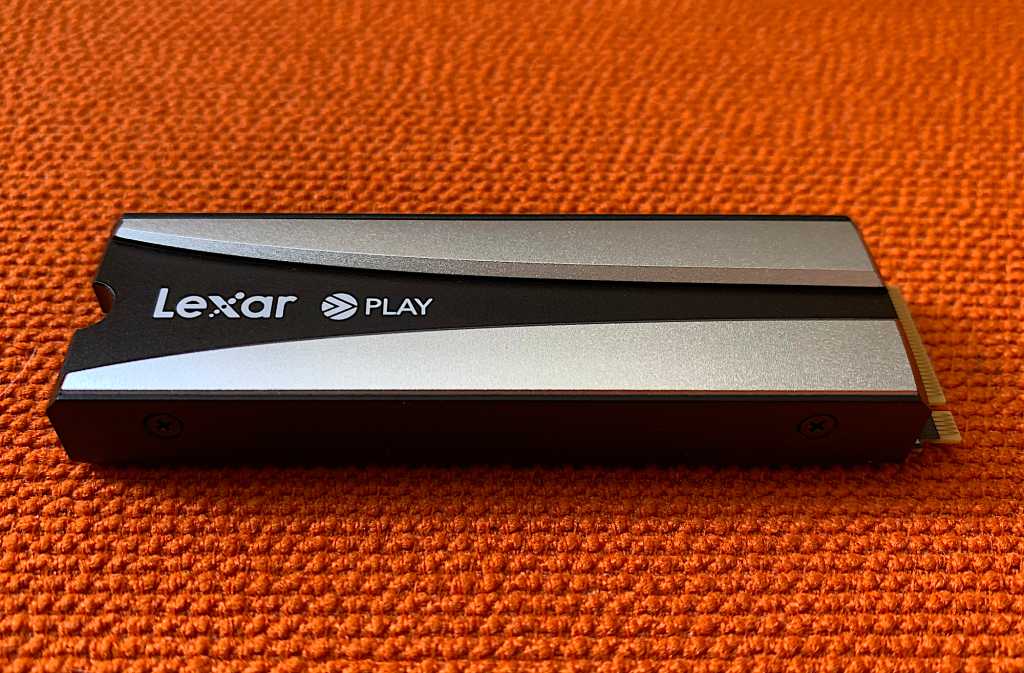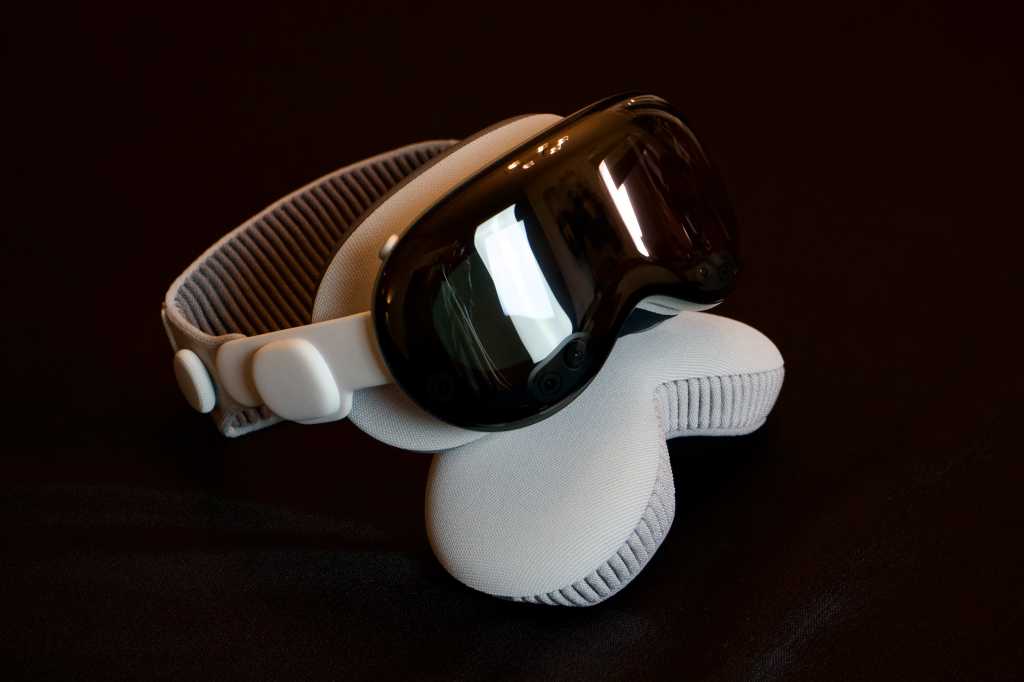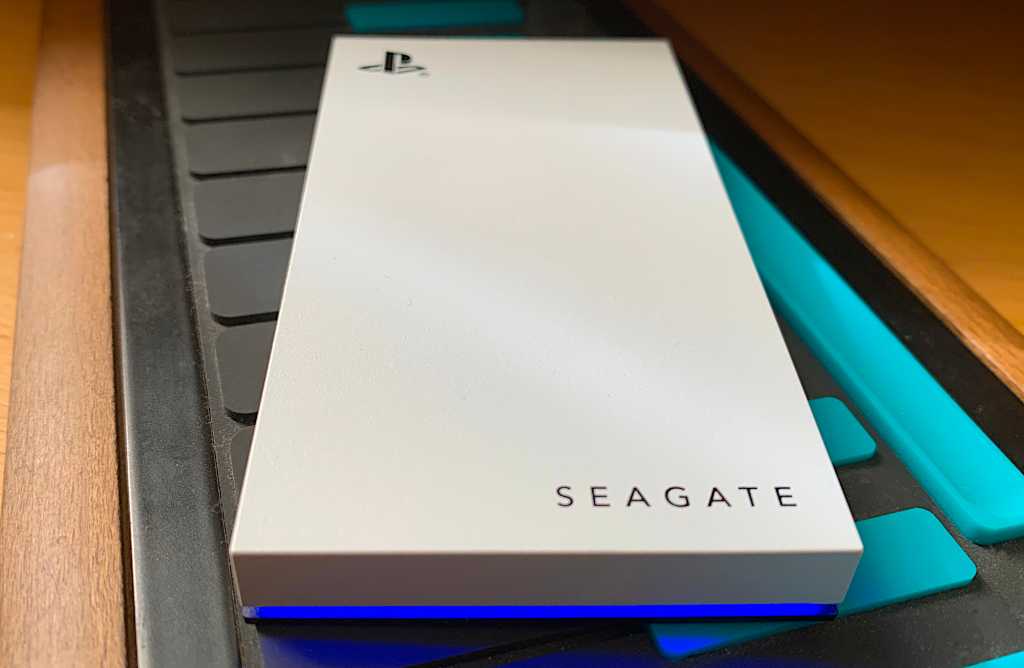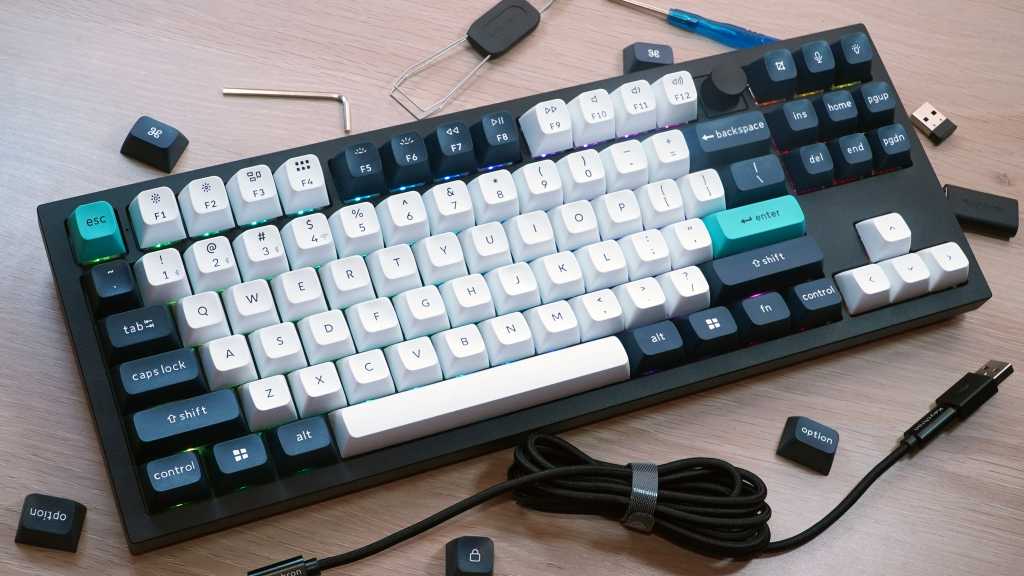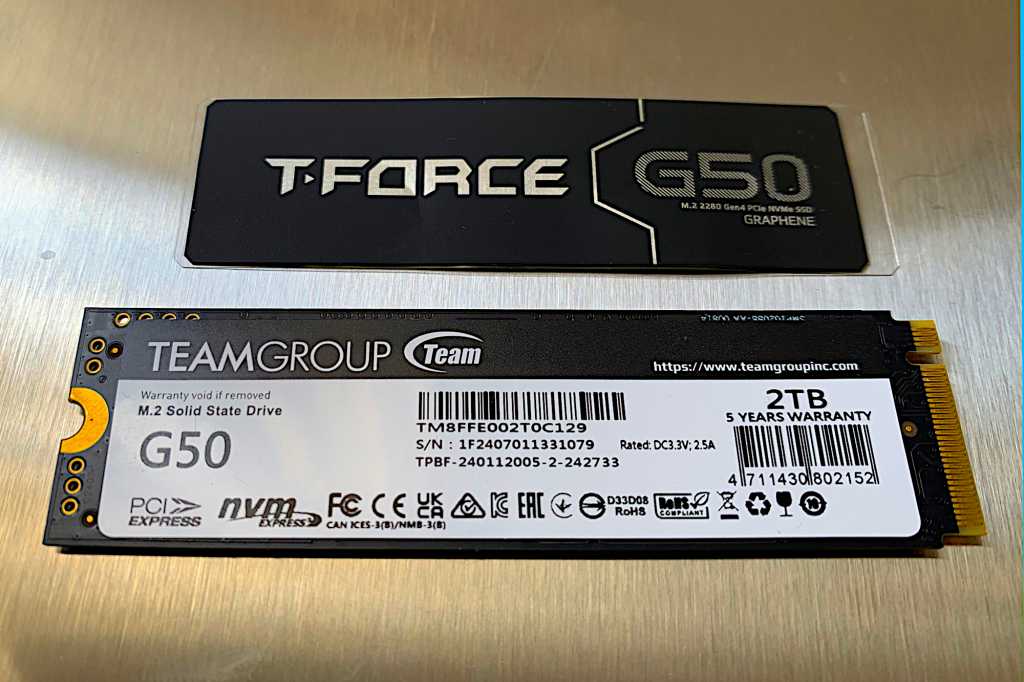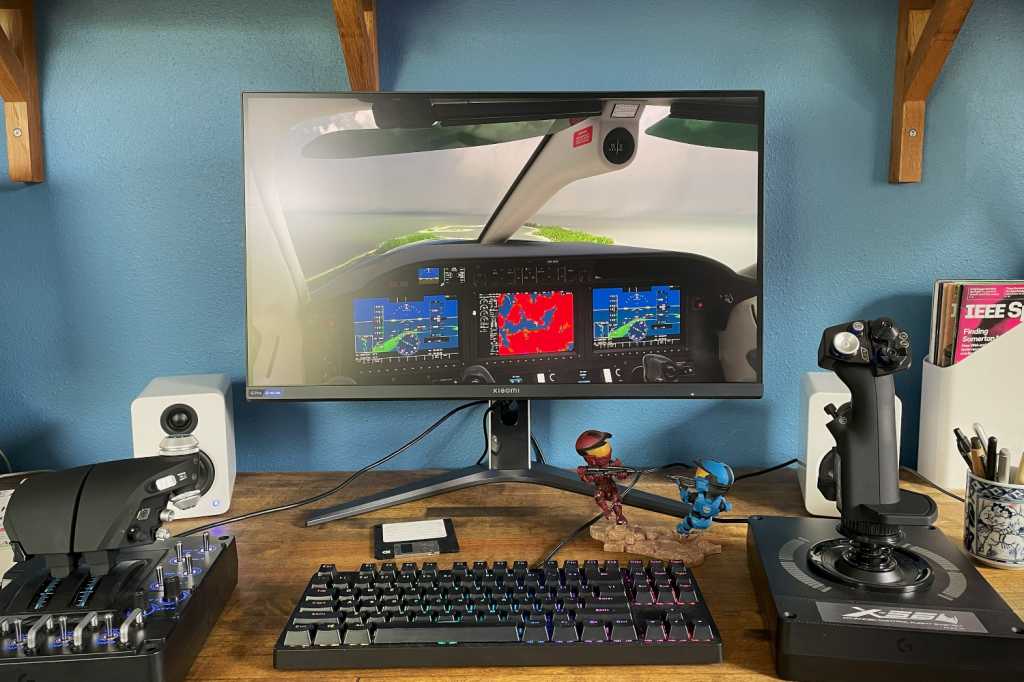The mechanical keyboard market is fiercely competitive, especially in the 75% layout segment targeting gamers. Alienware enters the fray with the Pro Wireless Keyboard, aiming to compete with established brands like Razer and Corsair. Does it succeed? Let’s dive in.
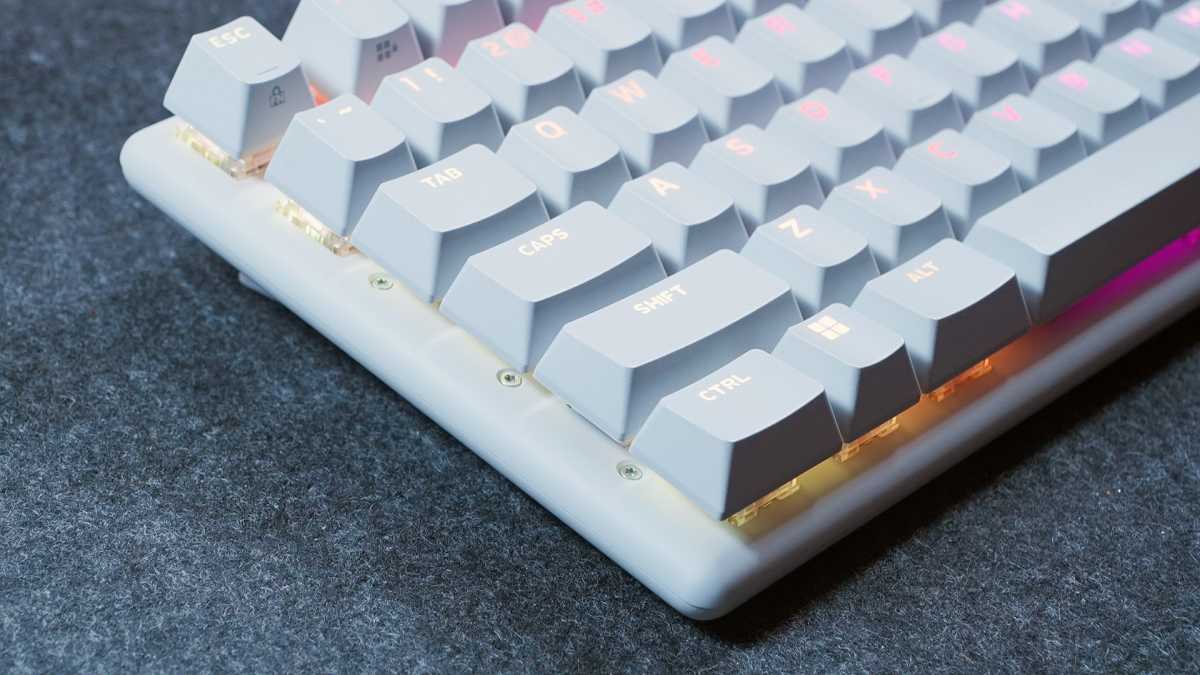 Alienware Pro Wireless keyboard body
Alienware Pro Wireless keyboard body
Design and Features: A Refreshing Take
Unlike previous Alienware keyboards that felt like afterthoughts, the Pro Wireless, alongside its mouse counterpart, signals a more serious effort. Designed with input from pro gamers, including Team Liquid, this keyboard boasts a unique aesthetic. Its aluminum deck curves down to a plastic lower body, contrasting with the angular designs of most competitors. This, combined with the absence of a dedicated volume knob, results in a compact footprint. Although its dimensions aren’t drastically smaller than other 75% keyboards, the rounded design makes it feel more portable.
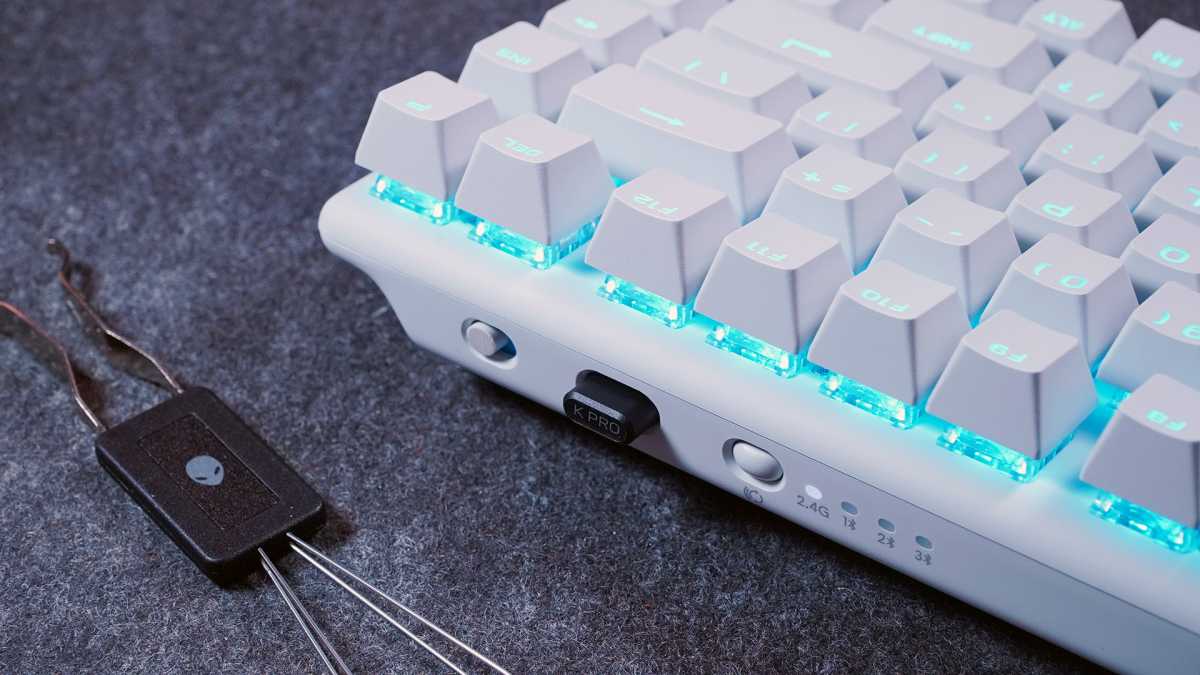 Alienware Pro Wireless keyboard dongle
Alienware Pro Wireless keyboard dongle
A USB Type-C dongle, a welcome addition, allows for seamless connectivity with modern devices. It discreetly stores in a spring-loaded compartment within the keyboard. Dual wireless functionality offers both 2.4GHz wireless via the dongle and Bluetooth connectivity for up to three devices. While gamers might prefer the lower latency of 2.4GHz, Bluetooth support adds versatility for use with tablets and other mobile devices. The hefty weight of 29 ounces (.82 kilograms) is attributed to the aluminum deck and a large internal battery, promising up to 72 hours of RGB gaming or nearly 800 hours with lighting disabled in 2.4GHz mode.
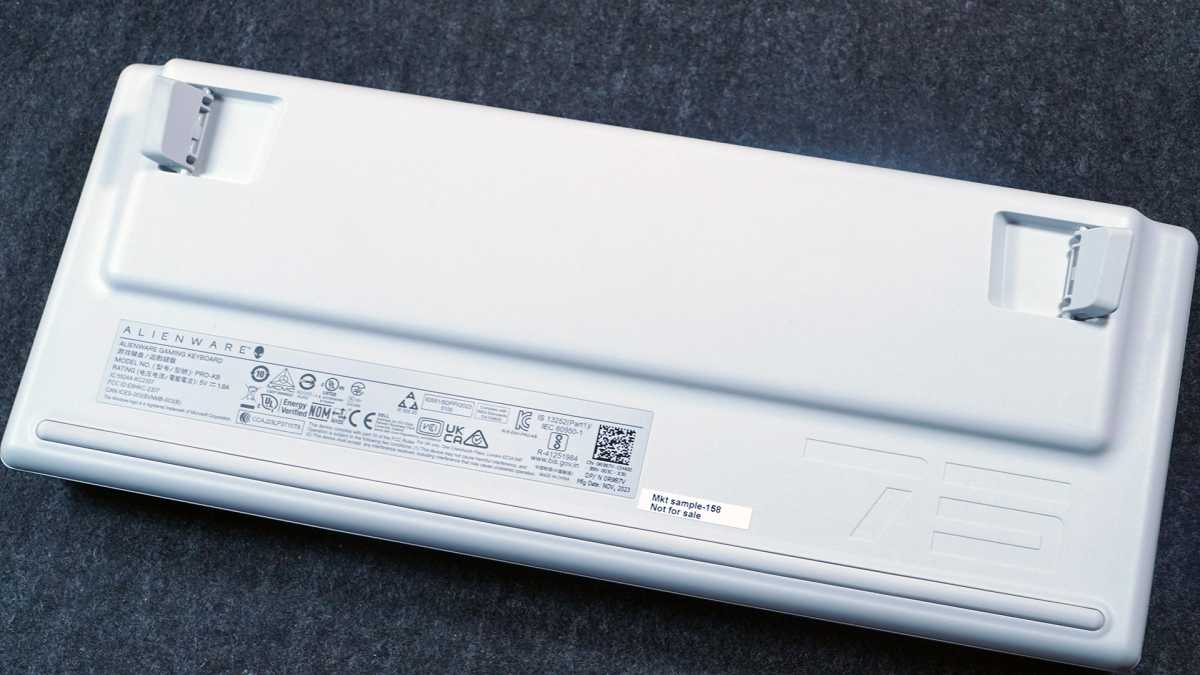 Alienware Pro Wireless keyboard bottom
Alienware Pro Wireless keyboard bottom
Underneath, a large angled shelf, likely housing the battery, and fold-out feet are present. A long silicone strip aids in grip, although its effectiveness isn’t significantly better than smaller pads. Borrowing from custom keyboard designs, the Pro Wireless features hot-swappable MX-standard switches and internal vibration-absorbing foam. Despite a multitude of Torx screws, the keyboard isn’t designed for disassembly. Available in black or white, the white variant showcases the vibrant RGB lighting effectively. The non-standard bottom row keycap sizes might pose a challenge for those seeking replacement keycap sets.
Performance: A Solid Contender
The Pro Wireless excels in both typing and gaming. The pre-lubed linear red switches, although unbranded, provide a smooth and light typing experience. While not the absolute best, they are certainly above average for gaming keyboards. The rigid aluminum deck eliminates flex, while PBT keycaps and well-stabilized longer keys contribute to a comfortable typing experience.
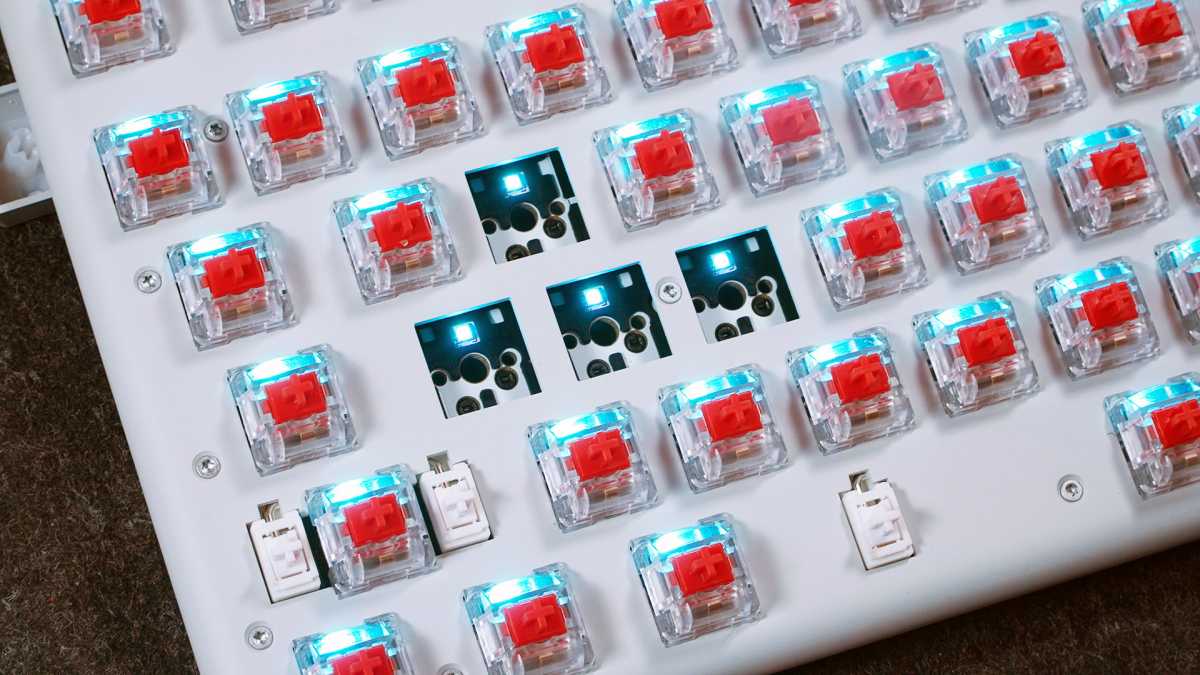 Alienware Pro Wireless keyboard switches
Alienware Pro Wireless keyboard switches
Gaming performance is equally impressive. The responsive switches and stable keys excel in fast-paced games. The long battery life is a boon for untethered gaming sessions. While marketed towards pro gamers, the Pro Wireless balances gaming performance with practicality for everyday use. The absence of a wrist rest, however, might be a drawback for some, especially at this price point.
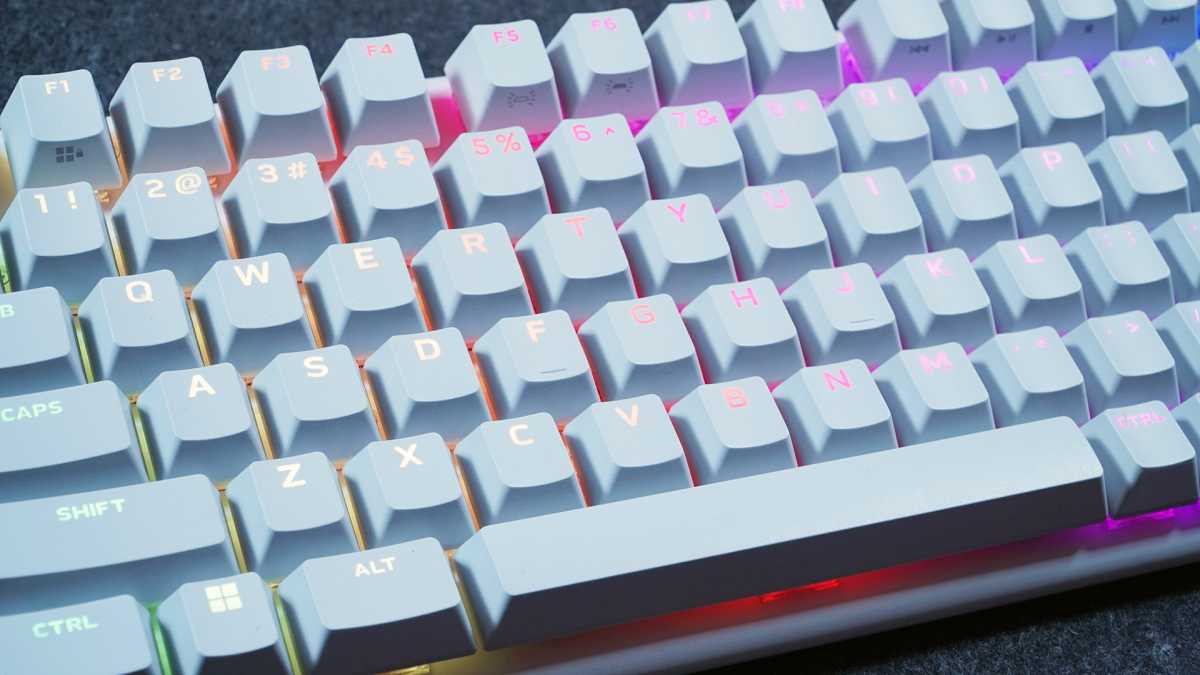 Alienware Pro Wireless keyboard RGB
Alienware Pro Wireless keyboard RGB
Software: A Disappointing Experience
Alienware’s Command Center software is the weakest link. Its persistent prompts to install Dolby Access, even without an Alienware headset, are irritating. Connectivity issues with the 2.4GHz dongle, requiring a wired connection for configuration changes, further detract from the experience. While basic macro programming, lighting customization, and game mode options are present, the software’s instability and lack of polish are disappointing.
Value: A Question of Price
At $200, the Alienware Pro Wireless Keyboard’s pricing is a sticking point. Competitors like the Razer BlackWidow V4 75% offer a more mod-friendly design and a wrist rest at a lower price, albeit without wireless functionality. The Keychron Q1 Max, with dual-mode wireless and a metal body, is only $10 more.
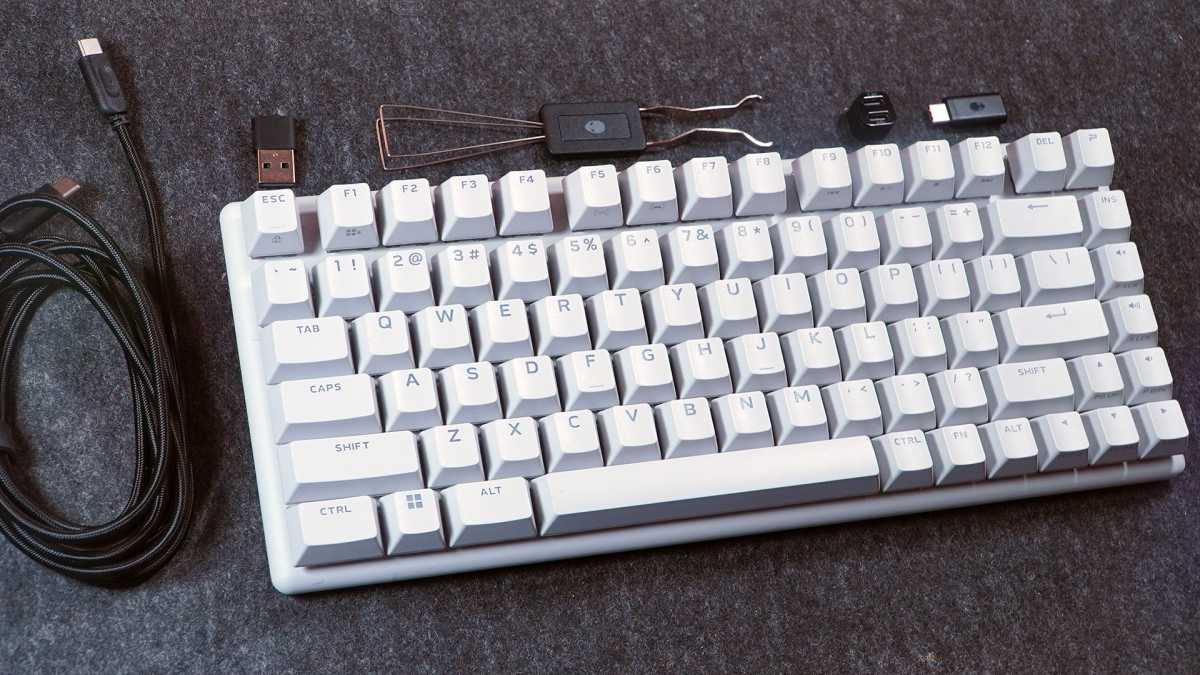 Alienware Pro Wireless keyboard equipment
Alienware Pro Wireless keyboard equipment
Conclusion: Potential Held Back
The Alienware Pro Wireless Keyboard offers solid performance and a unique design. However, its high price and flawed software hinder its overall appeal. A price reduction or significant software improvements would make it a much more compelling option. As it stands, the Pro Wireless is a good keyboard, but not a great one.



